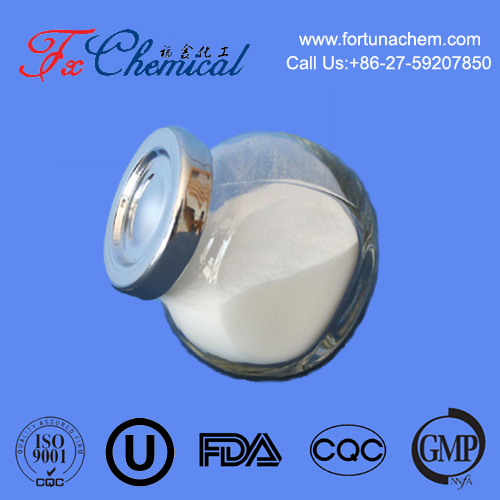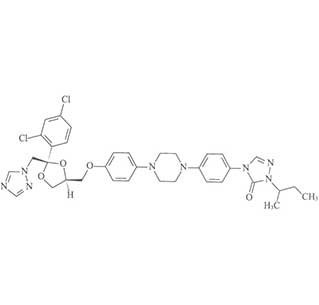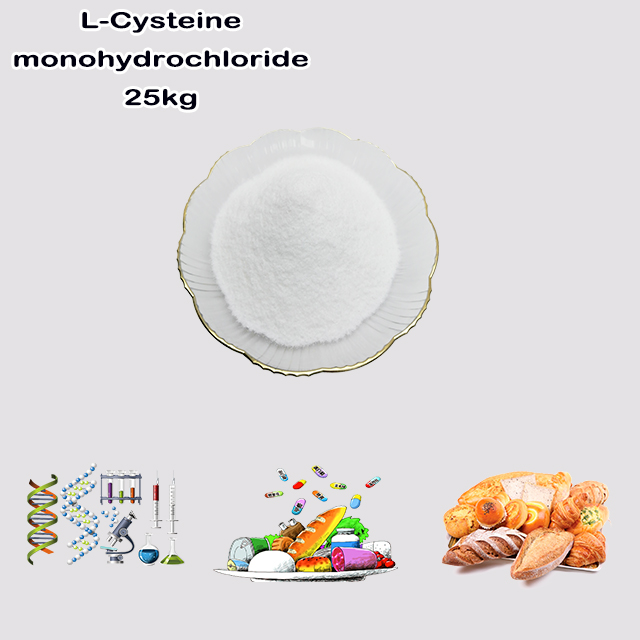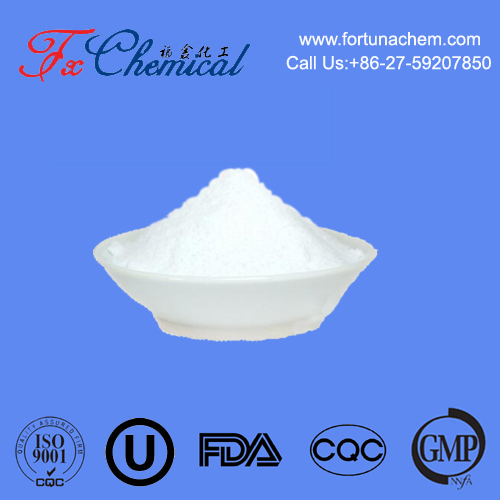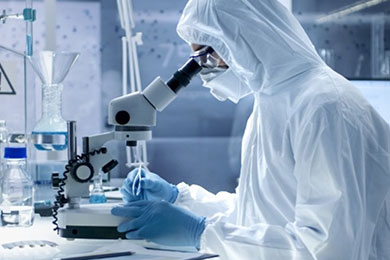
Search

Search

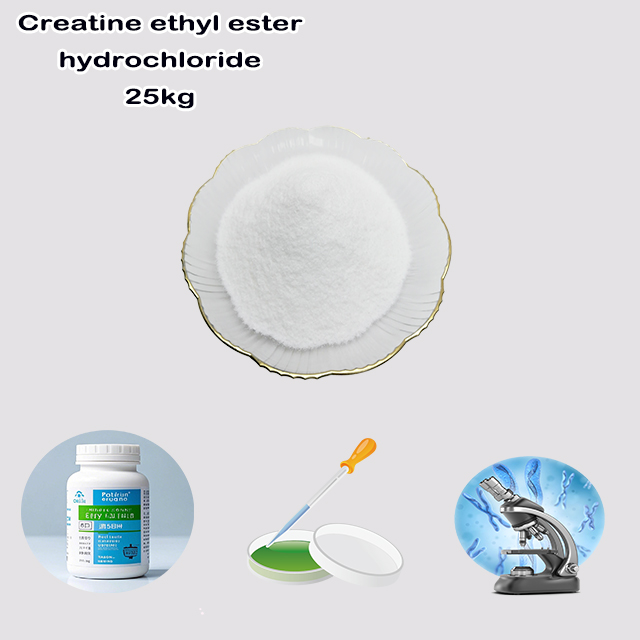
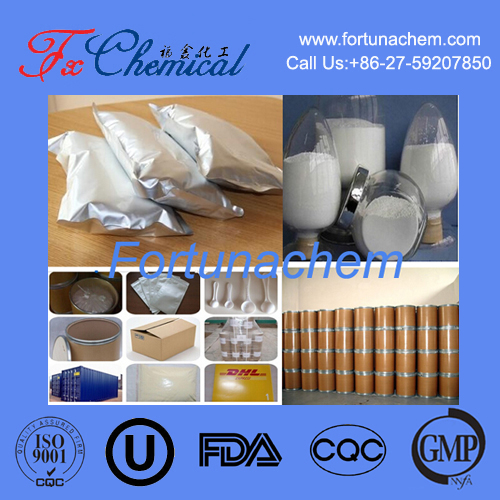
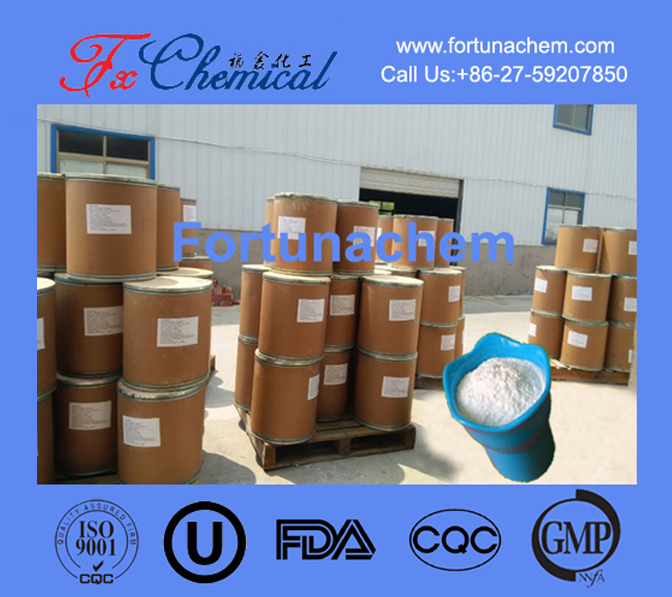
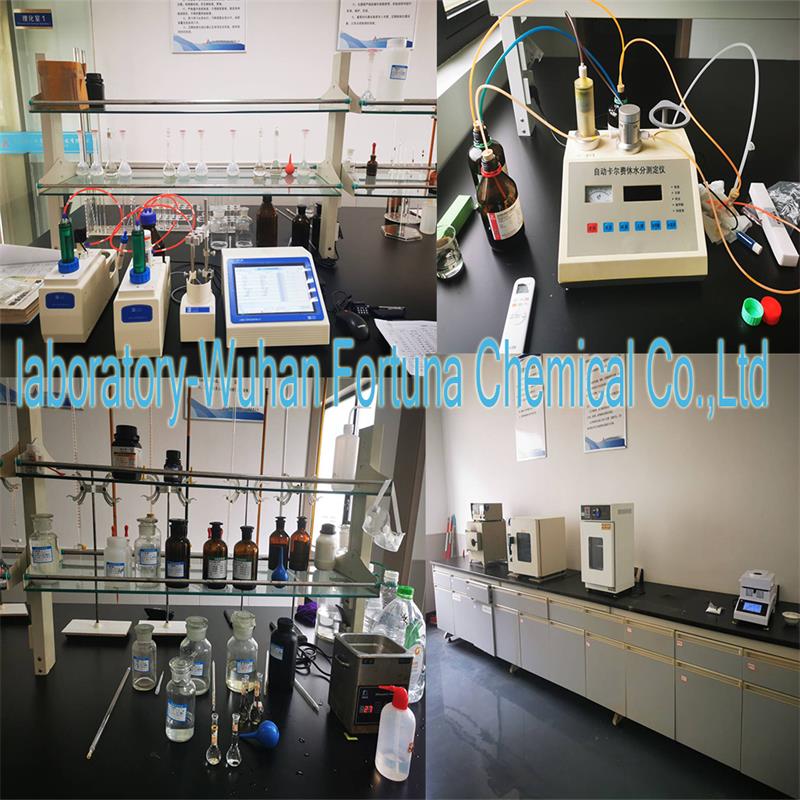
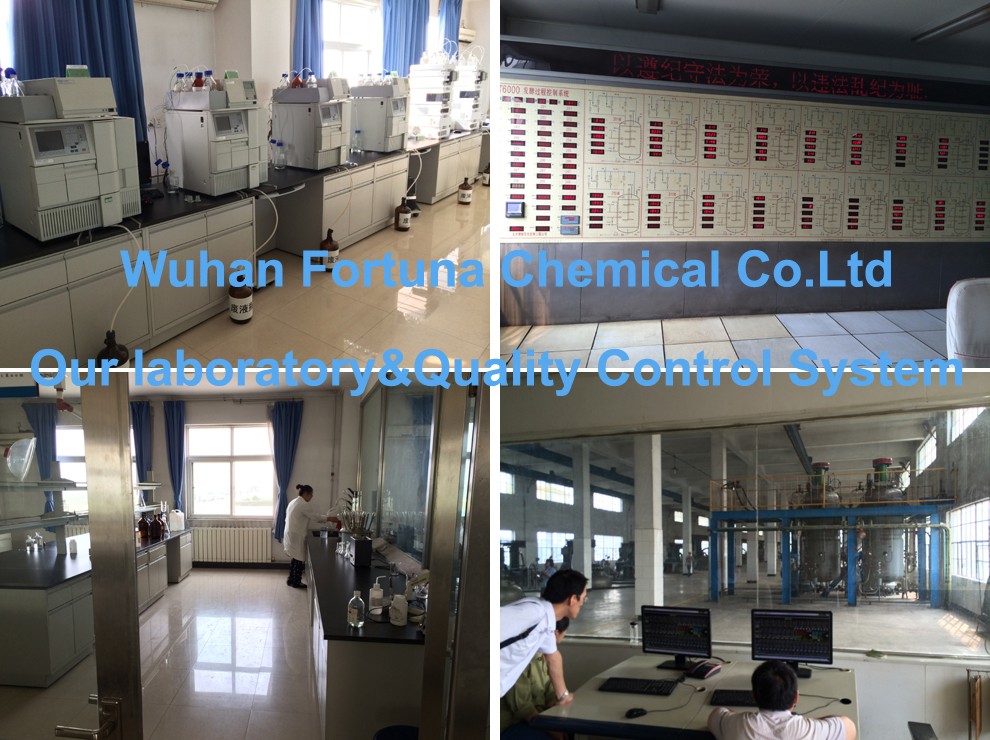





Creatine Ethyl Ester Hydrochloride (CEE-HCl) is a synthetic, esterified form of the popular sports supplement creatine. It was marketed as an advanced version of regular creatine monohydrate.
The theory was that by attaching an ethyl ester, the molecule would become more fat-soluble, leading to better absorption into the muscles and faster results. The hydrochloride (HCl) salt was added to improve its stability and solubility.
However, scientific research ultimately disproved these claims. Studies found that CEE-HCl is unstable in the bloodstream and rapidly converts back into useless creatinine before reaching muscle cells. It was proven to be less effective than creatine monohydrate at increasing muscle creatine levels.
Due to its inferior efficacy and potential for causing more stomach upset, it is now widely considered an obsolete and ineffective supplement.
Items | Specifications | Results |
Appearance | ||
Assay | NLT 99.0% | 99.4% |
cl- | 17.5%-19.5% | 17.6% |
Loss on dry % | NMT 3% | 2.8% |
Residue on ignition | NMT 0.05% | 0.02% |
M.P | 160℃-162℃ | 161℃ |
Arsenic | NMT 0.1ppm | <0.1ppm |
Lead | NMT 1.0ppm | <0.5ppm |
Cadmium | NMT 0.1ppm | <0.1ppm |
Mercury | NMT 0.1ppm | <0.1ppm |
Heavy metals(as pb) | NMT 10ppm | <10ppm |
Mesh | 100﹪Pass 40 mesh | Conform |
E.Coli(cfu/g) | Negative | Negative |
Salmonella(cfu/g) | Negative | Negative |
Total plate count(cfu/g) | NMT 1000cfu/g | Conform |
Yeast&Mold(cfu/g) | NMT 50cfu/g | Conform |
Conclusion | The product by inspection accords with the standard of enterprise. | |
Creatine Ethyl Ester Hydrochloride (CEE-HCl) is a synthetic, chemically modified form of the popular sports supplement creatine. It was developed and marketed in the mid-2000s as a "second-generation" creatine, designed to overcome the perceived limitations of the gold-standard supplement, creatine monohydrate.
The compound consists of a creatine molecule attached to an ethyl ester group, which is then stabilized with a hydrochloride (HCl) salt.
The marketing for CEE-HCl was built on a compelling theoretical framework targeting two main issues with creatine monohydrate:
Improved Absorption: Creatine monohydrate relies on a sodium-dependent transporter to enter muscle cells. The theory was that by attaching an ester (making it more lipophilic or fat-soluble), CEE could passively diffuse through the cell membranes more easily, leading to faster and more efficient uptake without the need for insulin-spiking carbohydrates.
Reduced Water Retention & Bloating: A common side effect of creatine monohydrate is water retention within muscle cells, which can cause a "puffy" look or bloating for some users. Proponents claimed that since CEE was so efficiently absorbed, it would not pull excess water into the cells or the gut, eliminating this issue.
The addition of the hydrochloride salt was to improve the compound's stability and solubility in water compared to the original, non-salt form (Creatine Ethyl Ester), which was notorious for being unstable and having a terrible taste.
Despite the persuasive theory, independent scientific research and clinical trials thoroughly debunked the claims surrounding CEE-HCl.
Instability in the Blood: The core flaw is that the ester bond is highly unstable in the pH environment of the bloodstream. Studies showed that CEE rapidly hydrolyzes (breaks down) back into creatinine, a waste product of creatine breakdown. This means that before it can even reach the muscles, a significant portion of the supplement is deactivated.
Ineffective at Raising Muscle Creatine Levels: A landmark 2009 study directly compared CEE to creatine monohydrate. The results were definitive: while the creatine monohydrate group showed a significant increase in muscle creatine content, the CEE group showed no measurable increase. It was completely ineffective at its primary job.
No Advantage Over Monohydrate: All subsequent research confirmed that CEE-HCl is not only less effective but also requires a higher dose to attempt to achieve any effect, making it cost-ineffective.
| Feature | Creatine Ethyl Ester HCL | Creatine Monohydrate |
|---|---|---|
| Efficacy | Ineffective; fails to raise muscle creatine levels. | Highly effective; the most researched form, proven to work. |
| Mechanism | Theorized passive absorption, but breaks down in blood. | Relies on active transport, which is highly effective with a carbohydrate source. |
| Stability | Low; rapidly converts to creatinine. | High; very stable when stored properly. |
| Cost & Value | Poor; more expensive and ineffective. | Excellent; inexpensive and highly effective. |
| Scientific Support | No support; studies show it doesn't work. | Overwhelmingly positive; hundreds of studies confirm its safety and efficacy. |
In summary, Creatine Ethyl Ester Hydrochloride is an obsolete and ineffective supplement. It serves as a classic case study in the sports supplement industry, where a clever marketing theory was disproven by rigorous science. For anyone seeking the performance and muscle-building benefits of creatine, creatine monohydrate remains the unequivocally superior, evidence-based, and cost-effective choice.
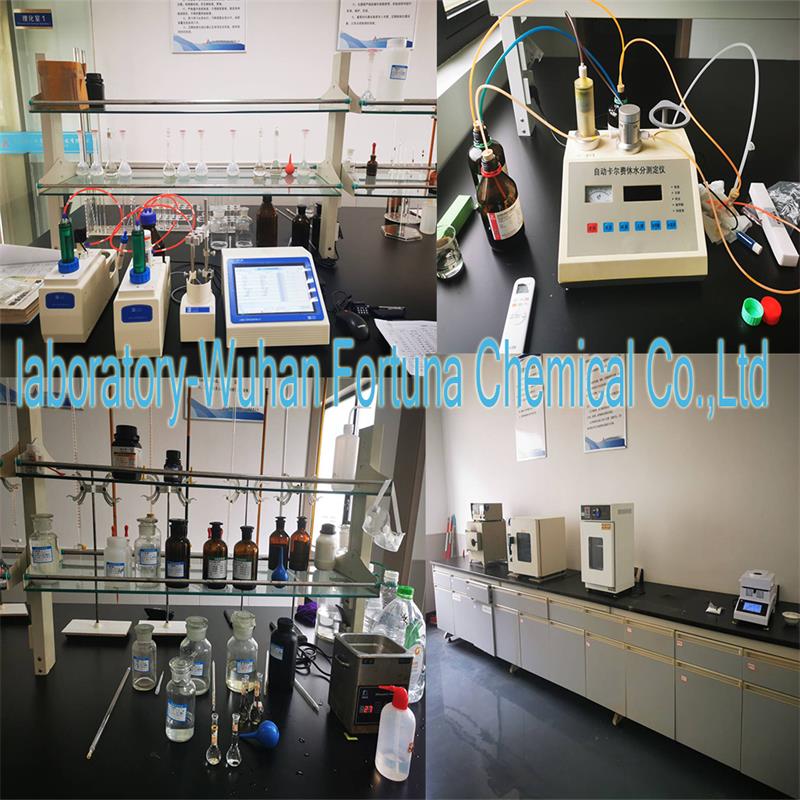
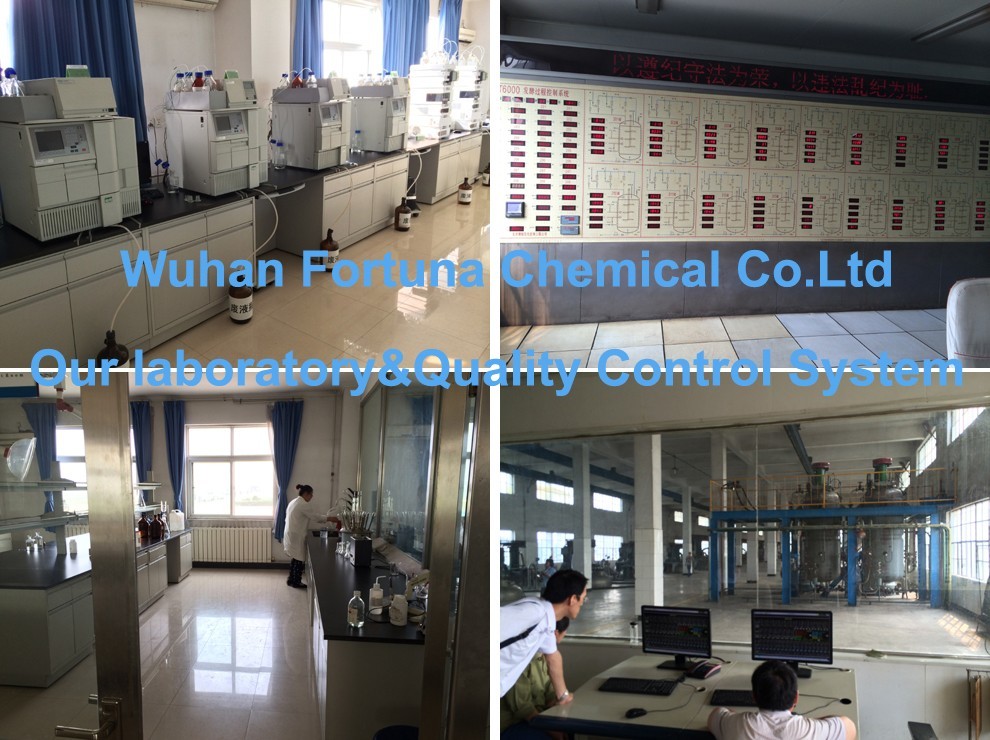


Fortunachem Provides Not Only Professional Chemical Products But Also Professional Help
Keeping you up-to-date with all the latest information, news, and events about Fortunachem!

Quick Links
Add:
E-mail:
 English
English  Español
Español  français
français  العربية
العربية 